2017 Melbourne Festival
In his introduction to this year’s Melbourne Festival, Artistic Director Jonathan Holloway emphasised the need for people to step away from the hateful invective festering in public discourse and to note the bigger picture of humanity’s journey. ‘The last couple of years – globally – have not been our best’, he says in the Festival program. This era of ‘Brexit and Trump’ – a term that has become journalistic shorthand for the embodiment of society’s ills rolled into two potentially disastrous events – now includes, for Australians at least, the ‘No’ campaign against the ghastly idea of giving all people in this country equal rights. Holloway’s answer to Brexit, Trump, and No (an ideal name for the world’s worst law firm) was a festival program that explored humankind’s ability to dispel such ugliness and fear through expressions of beauty and compassion via dance, film, music, theatre, and song. Who better to lead this charge than the inimitable Taylor Mac?
Continue reading for only $10 per month. Subscribe and gain full access to Australian Book Review. Already a subscriber? Sign in. If you need assistance, feel free to contact us.



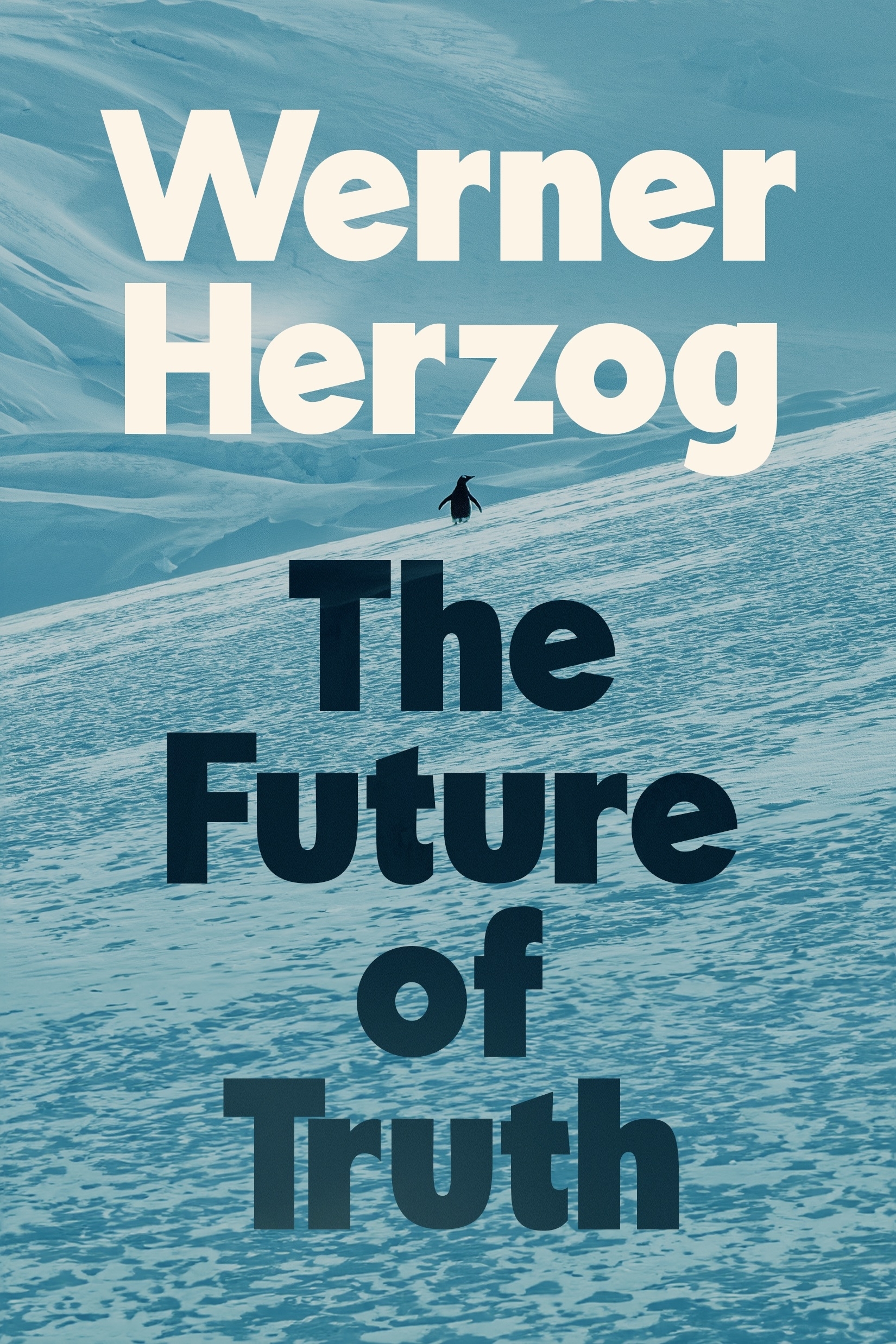
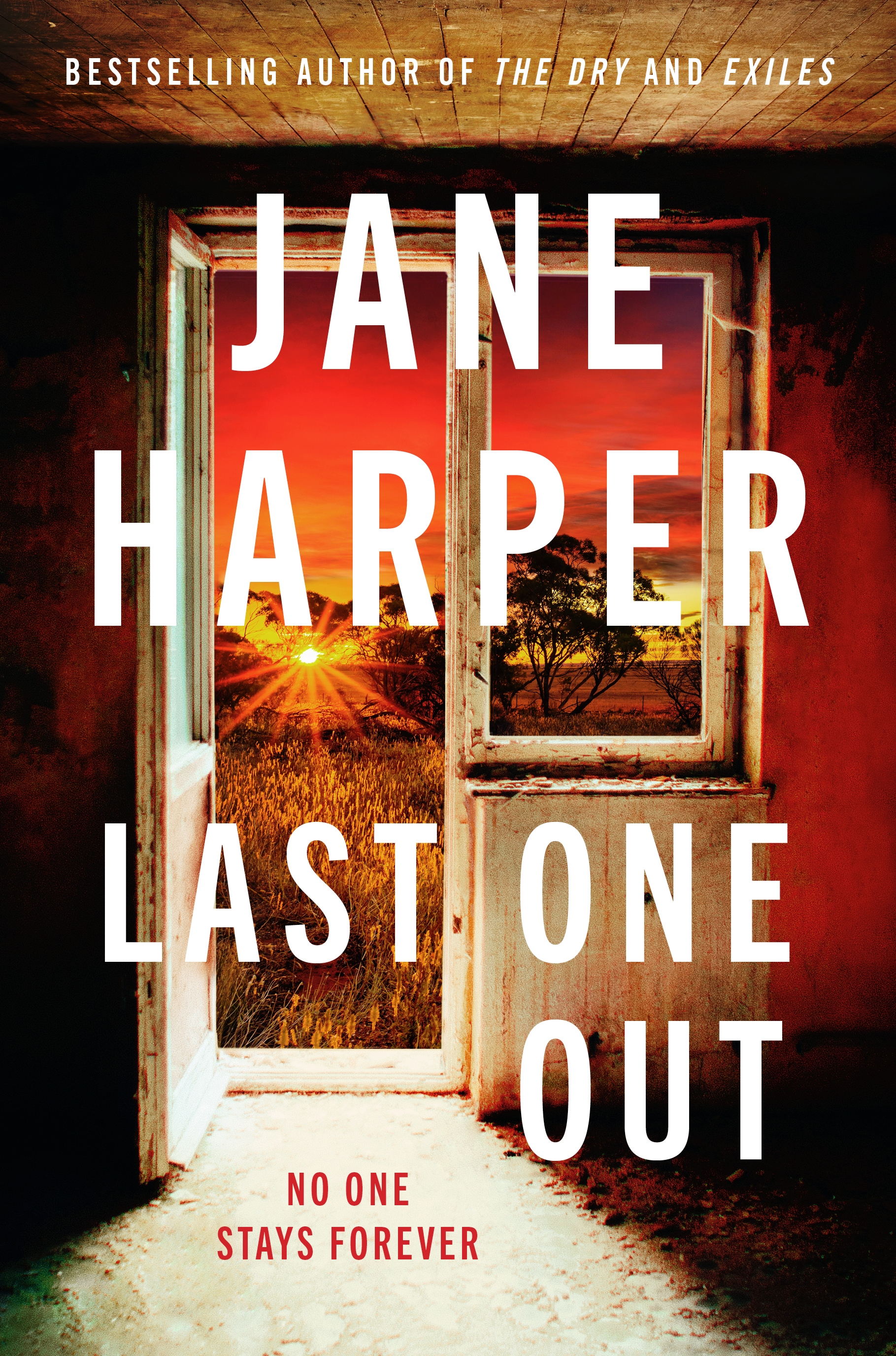
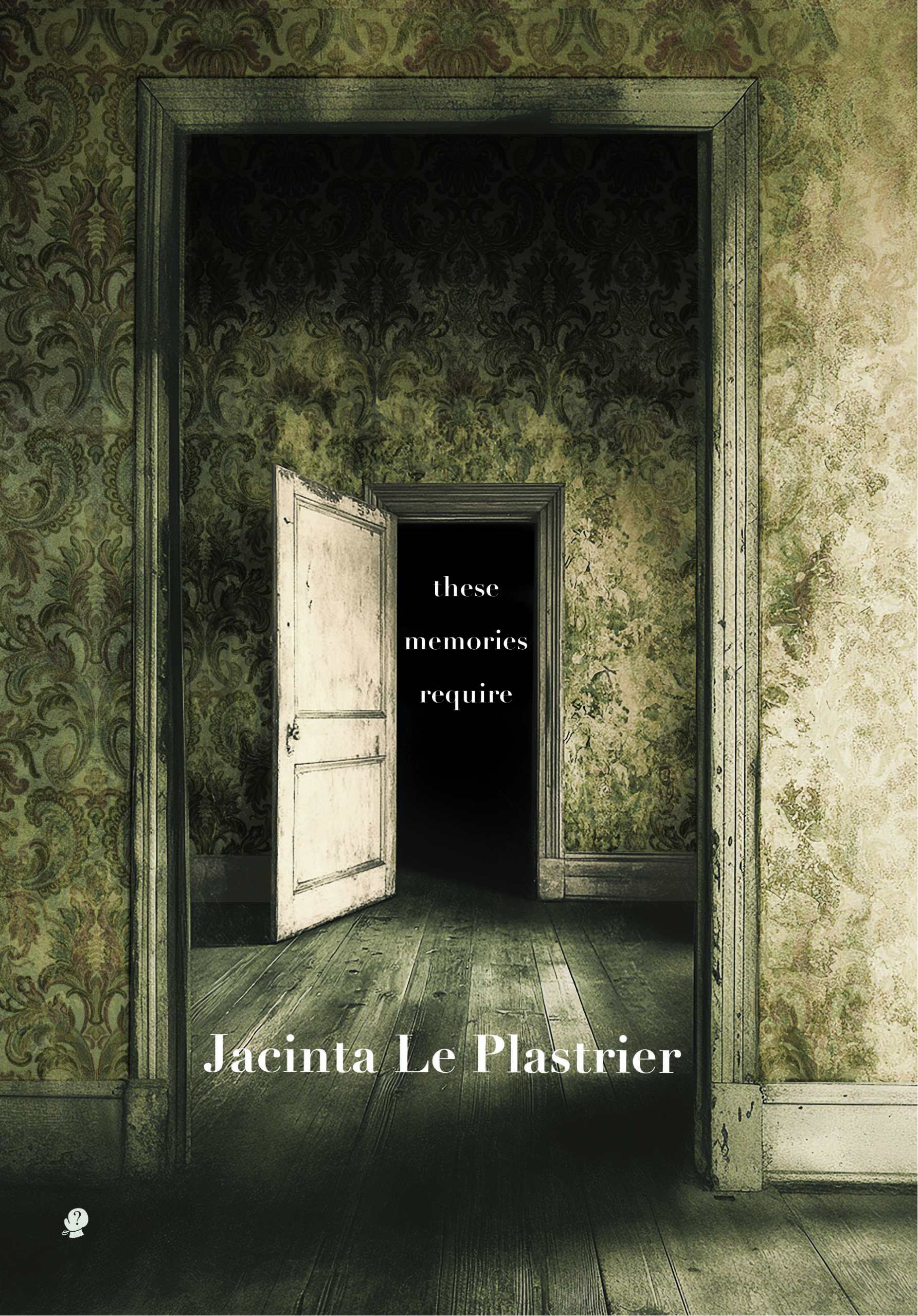
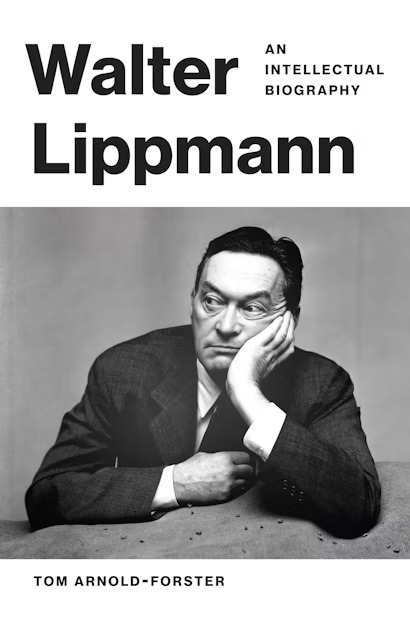
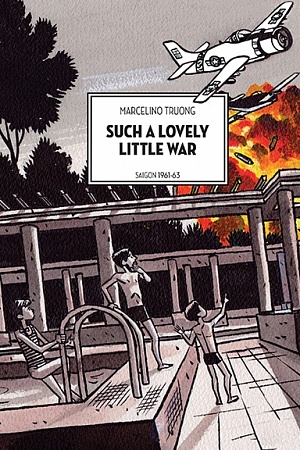
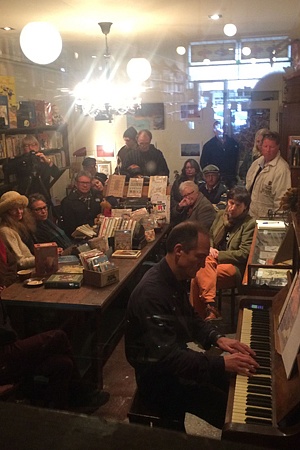
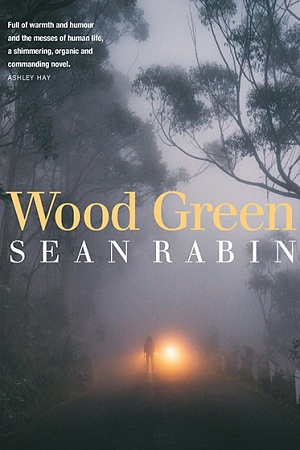
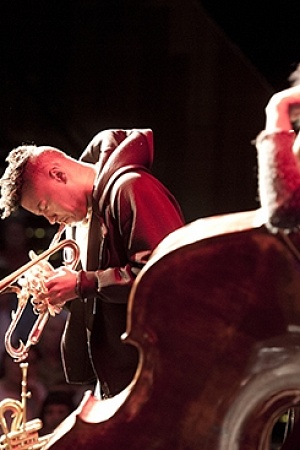
Leave a comment
If you are an ABR subscriber, you will need to sign in to post a comment.
If you have forgotten your sign in details, or if you receive an error message when trying to submit your comment, please email your comment (and the name of the article to which it relates) to ABR Comments. We will review your comment and, subject to approval, we will post it under your name.
Please note that all comments must be approved by ABR and comply with our Terms & Conditions.